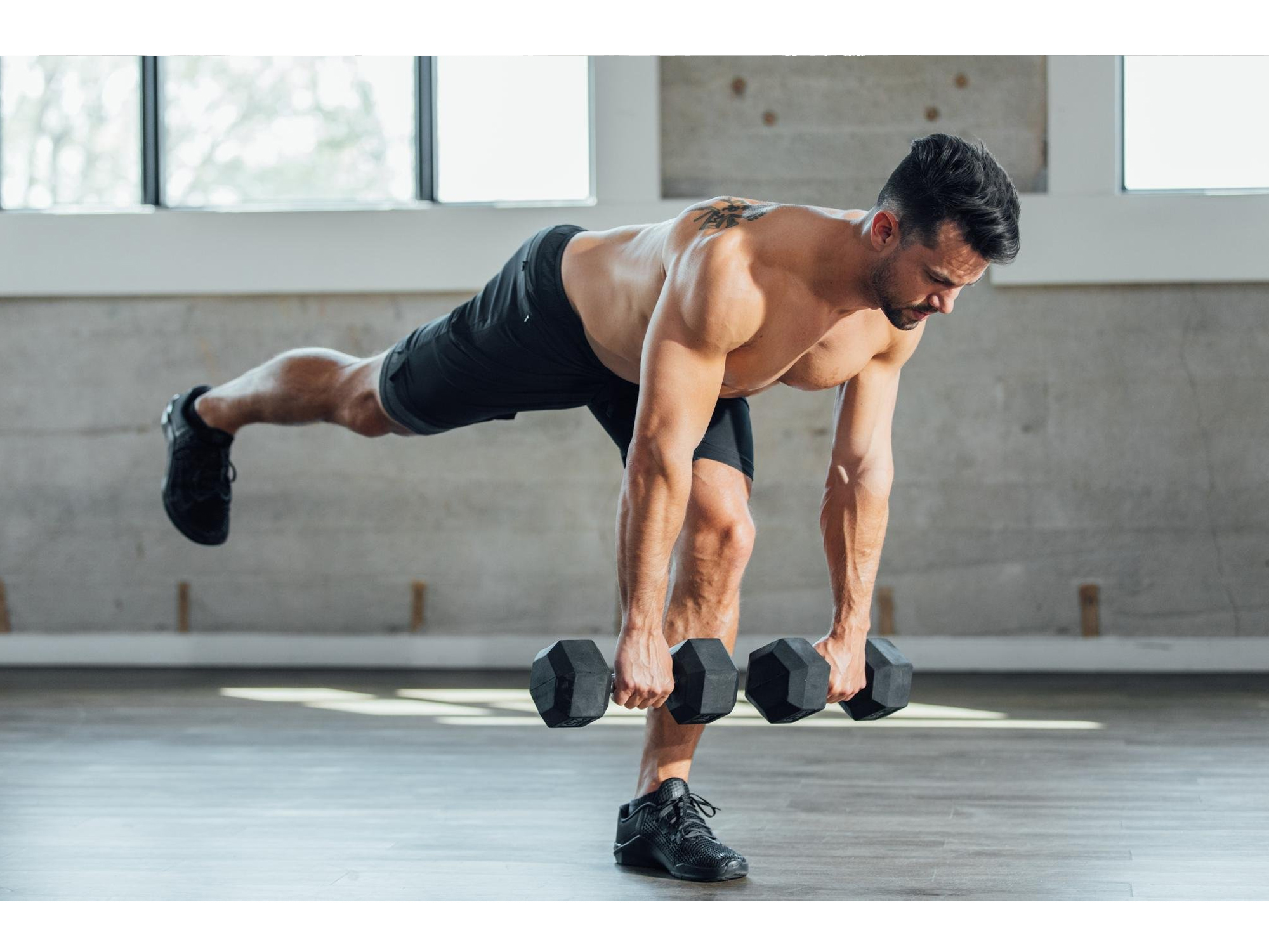hammer house blog
Mastering the Single Leg Deadlift: Strengthen and Stabilise for Optimal Performance

Introduction:
The single leg deadlift is a powerful exercise that targets multiple muscle groups while enhancing stability and balance. This dynamic movement challenges the body's coordination and engages the core, glutes, hamstrings, and lower back. Whether you're a beginner looking to improve your strength or an advanced gym user seeking to add complexity to your workouts, the single leg deadlift is an exercise worth incorporating into your routine.
Muscles Targeted:
The single leg deadlift primarily focuses on the following muscles:
- Gluteus Maximus: As the largest muscle in the buttocks, the gluteus maximus is heavily engaged in the single leg deadlift. This exercise helps to strengthen and tone this muscle, leading to improved hip extension and overall lower body power.
- Hamstrings: The hamstrings, located at the back of the thighs, are actively involved in the single leg deadlift. They work as stabilisers during the movement, providing support to the hips and knees while ensuring proper alignment.
- Core Muscles: The single leg deadlift activates the entire core, including the rectus abdominis, transverse abdominis, and obliques. These muscles stabilise the spine and promote a strong, balanced posture throughout the exercise.
- Erector Spinae: The erector spinae muscles, located along the spine, play a crucial role in maintaining proper spinal alignment during the single leg deadlift. They assist in the extension of the hips and support the lower back.
Correct Execution:
To perform the single leg deadlift with precision, follow these steps:
- Stand tall with your feet hip-width apart and maintain a neutral spine.
- Shift your weight onto one leg while slightly bending the knee.
- Keeping your back straight, hinge at the hips and lower your upper body towards the floor while simultaneously lifting the non-supporting leg behind you.
- Extend your arms downward, allowing them to hang naturally towards the ground.
- Lower your torso until you feel a stretch in the hamstring of the supporting leg, ensuring that your hips and shoulders remain parallel to the ground.
- Engage your core and glutes as you push through the heel of the supporting leg to return to the starting position.
- Repeat the movement for the desired number of repetitions before switching to the other leg.
Tips for Advanced Gym Users:
If you're an advanced gym user seeking to maximise the benefits of the single leg deadlift, consider the following tips:
- Progress with Resistance: Start by using your bodyweight and gradually increase the challenge by incorporating dumbbells, kettlebells, or resistance bands. This added resistance will intensify the workout and further develop strength and stability.
- Incorporate Unilateral Movements: Combine the single leg deadlift with other unilateral exercises such as Bulgarian split squats or single leg squats. This will enhance overall lower body strength, balance, and coordination.
- Focus on Form and Control: Pay close attention to your form and ensure that you maintain control throughout the movement. Avoid excessive rounding or arching of the back, and engage your core muscles to stabilise your body.
- Vary Foot Positions: Experiment with different foot positions, such as a narrow or wide stance, to target specific muscles differently. This variation will help you challenge your body from various angles and optimise muscle engagement.
- Integrate Balance Challenges: Enhance the difficulty by performing the single leg deadlift on an unstable surface like a Bosu ball or balance board. This will further challenge your stability and engage additional muscles.
The single leg deadlift is a highly effective exercise that targets multiple muscle groups while improving stability and balance. By incorporating this movement into your routine, you can enhance your overall strength, stability, and athletic performance.
See you in “the House” real soon!
